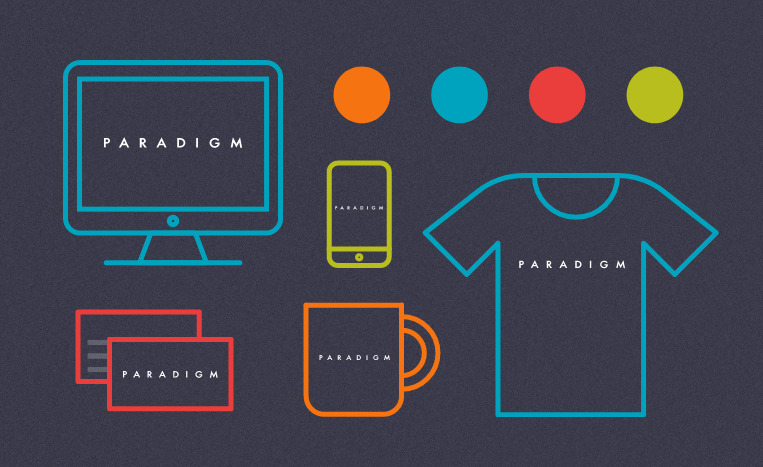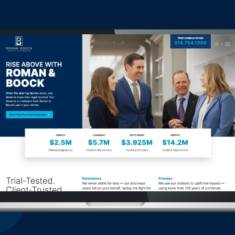Building a Brand Identity Across Platforms
05.24.22
Many consumers experience media from the time they wake up to the moment their head hits the pillow. Between social media, websites and digital advertising, we see enough media output to notice a switch in a company’s brand identity. Impromptu shifts in tone of voice, look or feel can heavily sway consumer brand perceptions. It’s up to you as a business owner to ensure that your brand maintains the same face and makes a good first impression, wherever a consumer encounters you.
Establishing Brand Consistency
If your brand identity is the lyrics to your song, then your platforms are your speakers to project it. You want to guarantee that everyone in your audience hears the song correctly, at the same frequency, tune and volume. You don’t want your message to distort because one or more of your platforms strays away from the intended standard. Remember: Your audience will encounter your brand at differing touchpoints, whether searching your account on social media or clicking your website on the search engine results page.
Each of your media outlets should reflect one another yet adapt to take advantage of the unique facets they offer. Social media content may be brief and engaging, while website content may be long-form and informational. Whatever the format, you can carry the same tone of voice in all your messaging efforts. Language is flexible, so a simple turn of phrase can be the difference between your brand presenting as formal versus approachable.
Design elements add another layer of consideration. Each platform you utilize should display your brand as visually identifiable. Your brand identity should have a presence that shines just as bright as the message. Fonts, color palettes and imagery guidelines should maintain the look and feel of your brand. Visual consistency ensures all roads lead to easy brand recognition.
Determining Brand Identity Guidelines
Whether you’re starting out or trying to redefine your content direction, it can be challenging to establish your brand guidelines. One way to help you maintain a standard for messaging and visuals is to create a persona for your audience. Think about who consumes your content, then envision that person as you craft content. Whether they are a forever-online teen or an older individual interested in a niche service, this image will help you speak to them.
A persona helps give you focus on your brand identity by tailoring your content to individual platforms. This activity aligns well with Paradigm’s brand positioning. As we create a brand persona, you should also craft one for your audiences. For instance, the audiences between social media platforms can be easily distinguished. Facebook content may attract older audience members, Instagram may draw in a younger crowd and LinkedIn is likely to engage fellow professionals in your industry. However, you cannot target everyone. Inevitably, there will be some people uninterested in your brand offerings. The best thing you can do is cater your platform to the audience who frequents it and expand outward.
Maintaining Brand Identity
Another way to brand across platforms is to keep your mind on strategy. Content planning provides ample opportunities to revisit your content with fresh eyes. Blog topics, social media concepts and website messaging can easily stray away from a cohesive brand identity. Reviews give you a chance to alter your content to remain on brand. When considering a strategy, keep in mind that channels and frequencies may also change the perception of your brand. Performance metrics show you what areas perform well and what areas are worth revisiting as you continue to create across multiple platforms.
Your story shouldn’t remain stagnant. It should remain fluid, adapting the same brand identity in every business effort. Weave your story across all platforms with Paradigm at your side. Contact our team to start developing your brand strategy today.


